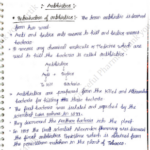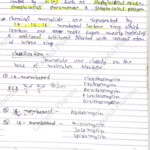Polarography is a type of electrochemical analysis that is used to measure the concentration of various chemical species in a solution. It involves measuring the current that flows through an electrochemical cell under controlled potential conditions. Polarography was first introduced by Jaroslav Heyrovsky in the 1920s.
The basic setup for polarography involves two electrodes immersed in a solution of interest. The working electrode is a thin wire made from a suitable metal (such as gold, platinum, or mercury) that serves as the site for the electrochemical reactions of interest. The other electrode is a reference electrode that provides a stable potential against which the potential of the working electrode can be measured.
A voltage is applied to the electrodes, and the current that flows between them is measured as the voltage is systematically varied. This voltage variation is often called a “sweep” or “potential scan”. The current-voltage relationship is recorded as the voltage is incremented in small steps. This data can be used to obtain a polarogram, which is a plot of the current vs. potential.
Polarography can be performed using either direct current (DC) or alternating current (AC) modes, depending on the sample and electrode type. In addition, several variations of polarography have been developed, including differential pulse polarography (DPP) and square wave voltammetry (SWV).
Polarography is widely used in analytical chemistry for the determination of a wide range of chemical substances, including organic and inorganic compounds, heavy metals, and biological molecules. In addition, polarography has found applications in environmental monitoring, pharmaceutical analysis, and biochemical research.










